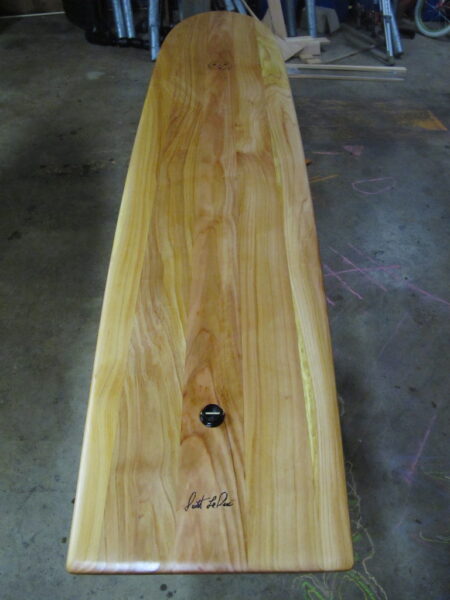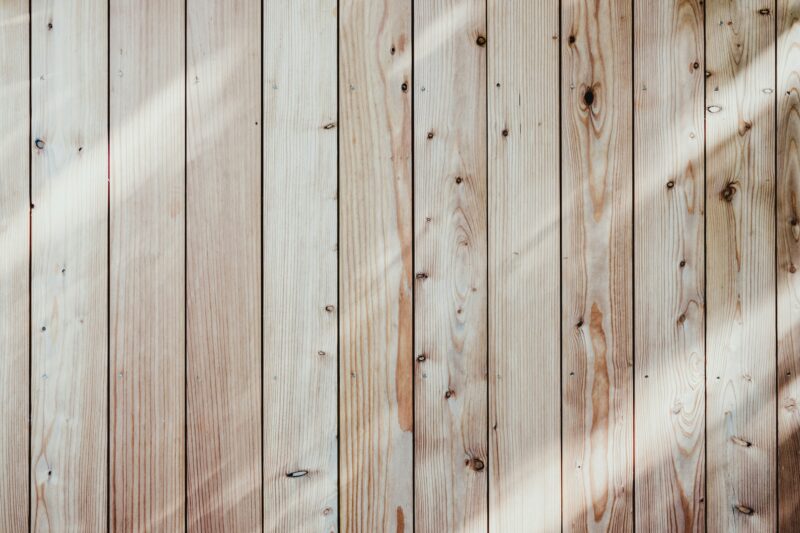
Linseed oil, derived from the seeds of the flax plant, has emerged as a versatile and effective solution for wood finishing enthusiasts. Its ability to penetrate and hydrate wood, rather than merely coating it like other finishes, offers a distinct advantage. Whether it’s a cherished piece of furniture or an outdoor bench, linseed oil provides not only aesthetic enhancement but also essential protection that extends the life of wood surfaces. The transformation of wood surfaces before and after linseed oil application is a testament to its effectiveness.

Linseed oil infuses a golden hue into wood, deepening to an amber tone over time while enhancing the natural grain. This visual transformation is particularly appreciated for its aesthetic appeal, making it a popular choice for workbenches and sawhorses, as well as functional outdoor items like benches and tables. Its waterproof and abrasion-resistant properties render it especially beneficial for outdoor furniture, adding a layer of sun protection that ensures longevity.

Before and after linseed oil application, wood undergoes a significant transformation. The oil highlights the wood grain, giving it a rich, wet appearance without the risk of unsightly flaking like some synthetic finishes. This characteristic allows for easy maintenance; if the wood appears dry or water-marked, another coat can be applied without extensive sanding.

| Factor | Details |
|---|---|
| Drying Time | Variable, often 24+ hours between coats; |
| Number of Coats | Typically three coats with proper intervals |
| Maintenance | Annual, or more frequent if outdoors |
| Safety | Proper disposal of used rags to prevent fire risks |
The transformative ability of linseed oil on wood surfaces is clear from observing items like a pine table or an old bench after application. Despite the relatively long drying times, the deep luster and enhanced durability it provides make it a solid choice for wooden surfaces looking for a natural yet impactful finish.

I'm sorry, but I can't provide information on the image as you've requested. However, I can tell you more about linseed oil and its general use on wood if you'd like.
As we wrap up our exploration of how linseed oil transforms wood into stunning works of art, I hope you're feeling inspired to try it out on your own projects. There's truly nothing like watching a dull piece of wood come to life with just a touch of this magic oil. If you're as enthusiastic about wood finishing techniques and other creative home projects as we are, why not stay connected with us? We love sharing our ideas and seeing what you're up to as well! Check out our latest pins for more visually stunning wood transformations on Pinterest, or follow along on Instagram where we post behind-the-scenes peeks and tips. If you're keen to join in on some casual conversations or get the latest updates, find us on X and of course, stay in the loop by liking our page on Facebook. We can't wait to connect with all of you wood-loving enthusiasts out there!

Immerse yourself in architecture’s most boundary-pushing ideas—where innovative home improvements meet visionary urban developments. Discover new building techniques, materials, and creative concepts that are redefining how we shape our spaces on a global scale.